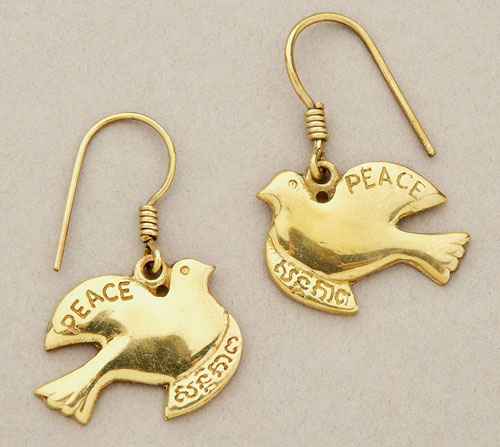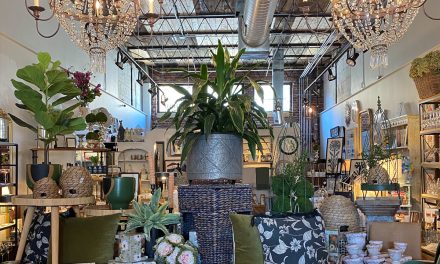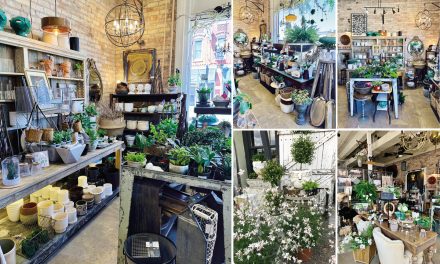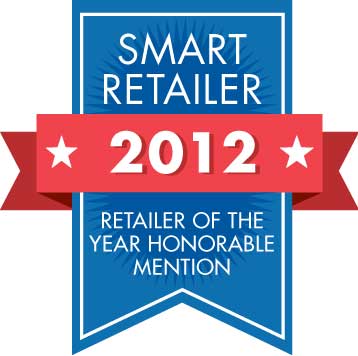Ten Thousand Villages educates consumers and improves artisans’ lives as it offers fair-trade merchandise from around the world.
By Megy Karydes
Distinctive products such as this are what Ten Thousand Villages is all about. As one of the world’s largest fair-trade organizations, the company connects disadvantaged artisans and their crafts with ethically minded consumers. Founded in 1946 by Edna Byler as she sold fair-trade products out of her car, Ten Thousand Villages today works with tens of thousands of artisans in 38 countries. It has grown to include more than 80 branded stores and an active e-commerce site, in addition to contract stores and other retailers who buy its products for their own store shelves.
“I think anyone walking through our doors can immediately notice that we sell products from all over the world,” says Michele Loeper, marketing manager for Ten Thousand Villages. “By virtue of what our products look like and what they are, people will immediately realize they’ve walked into a different type of store.”
Among the worldly products that shoppers will find in a Ten Thousand Villages store are handmade gifts, jewelry, home decor, personal accessories, textiles and art representing the diverse cultures of artisans in Asia, Africa, Latin America and the Middle East. The company encourages artisan partners to use environmentally friendly processes, sustainable natural resources and recycled materials to ensure each product offered has been crafted responsibly.
Transforming Ideas into Best-Sellers
Creating designs that appeal to the western market takes months of pre-planning and on-the-ground work. “The artisans want to know what will sell here, so our designers and buyers work closely with them to help them to understand trends and designs,” notes Loeper when discussing the cycle of product development. “We monitor trends, which then will set the stage for each of our collections. We share the story boards with our artisans and we discuss colors, materials as well as esoteric things like moods.”
Once the products are designed and on store shelves, the challenge is to communicate the mission to customers in such a way that it’s interesting and informational, yet showcases the products well and helps to drive sales. Loeper and her team use a lot of imagery to show that it’s not just about the products; it’s about the people and how they make the items. Emphasis is placed on fibers, textures, the people and their stories. “Although products are what we sell, we also want to share the stories of the artisans who are making these beautiful pieces,” Loeper says. “Our brand wall, located behind the cash register, has a banner with the faces of our artisans and a quote. The banner is designed by us and sent to the stores to use.
While it would appear that having so many stores and products from so many different parts of the world would pose insurmountable challenges, Loeper notes that the stores are part of a global network with an allegiance to the fair-trade movement. “Our stores are not ambassadors of our brand but of a movement,” she says. “They want to be a part of it because they know we are stronger as a whole than as one.”









